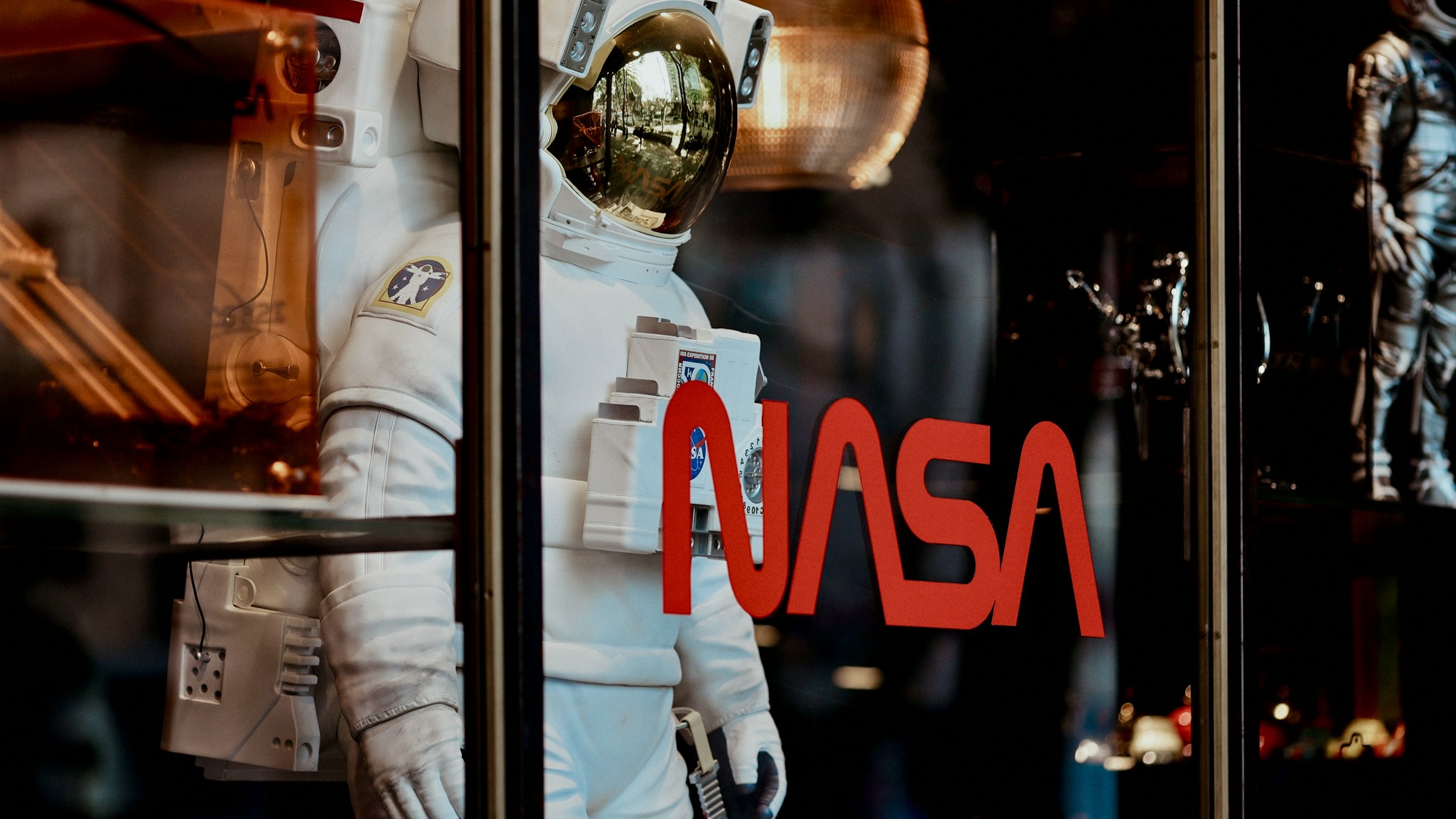Copyright Inc. Magazine

Today’s would-be restaurant patron is more selective than ever. They want to dine out, but amid economic concerns, many prioritize experience and value when they decide to spend. That makes business harder for restaurants, which are already contending with rising costs across the board. Two companies propose a solution to drive customer acquisition and retention: reward diners for their patronage. Behind the scenes, the ways Blackbird and inKind partner with restaurants are quite different. Blackbird provides a loyalty program and diner data to help restaurants acquire and retain customers, while inKind finances restaurants through credit it buys and then sells to users. To consumers, though, they offer the same kinds of benefits: perks that encourage them to dine out, explore, and revisit restaurants, coffee shops, and bars. Both apps have steadily grown their restaurant partner portfolios, number of cities they operate in, and user counts, proving a viable path to success for businesses that can identify both needs of suppliers and consumers and act as a funnel between them, supporting business partners and rewarding customers. Cash-back for cashing in inKind launched as a restaurant incubator in 2012, but over time founder and CEO Johann Moonesinghe and cofounder and chief risk officer Andrew Harris identified a more scalable model to pursue their passion for investing in restaurants: financing them by buying food and beverage credit which the company sells over time to inKind app users, who get 20 percent back when they cash in that credit. For instance, if you spend a $200 credit at Ocean Prime in Washington, D.C., $40 would be added to your “inKind wallet,” which you can then use on a future visit to any inKind restaurant. To ensure inKind isn’t flooding its restaurant partners with diners, the company holds onto the credit it buys and sells it over time—it sends about 60 to 70 tables per month to partner restaurants. This financing model has proven beneficial: Less than half of one percent of restaurants inKind has funded closed in 2024. Since this iteration of the Austin-headquartered company was established in 2017, it has worked with 4,000 restaurants in more than 1,300 cities and gained more than three million app users and downloads. In 2023, inKind, which now counts Marcus Triest as a co-founder and senior vice president of product, hit $10.5 million in revenue, and this year, it ranked 314 on Inc.’s list of the 5,000 fastest growing private companies in America. Featured Video An Inc.com Featured Presentation inKind makes money through the sale of the restaurant credit. The company purchases credit at an even greater discount than 20 percent, so profit stems from the difference between its rate and what users pay. These rates, as well as the length of time over which inKind parses out the credit to diners, are determined through individual underwriting of each restaurant’s business and potential. The benefit to its restaurant partners is that it guarantees them a more stable flow income and greater visibility to potential customers. Plus, inKind offers an alternative to traditional business loans. It took some time for inKind to streamline its user rewards model. Initially, it offered a wider variety of one-off perks—like an extra $100 for diners who used the app more than five times a month—but last year streamlined its model to its 20-percent-back offering. “It was the most we could do and still make the economics work because we wanted to give consumers the most value possible,” Moonesinghe says. “The best credit cards give you 3 percent, right?” inKind can only acquire and retain its own users if its restaurants are high quality, so it serves the company to take a holistic approach to helping its partners succeed. An inKind partner success team works with individual restaurants, offers best practices—with no obligation on the restaurant’s part to adopt them—and provides assistance in areas like lowering food costs and improving margins. Moonesinghe explains that identifying restaurants that will appeal to diners is key; inKind has an AI algorithm which analyzes users’ ordering histories to predict if a potential new restaurant partner will perform well. When a restaurant signs onto inKind, it joins a repertoire inKind users trust as a curated, vouched-for selection, which in turn helps generate visits to that restaurant. inKind has maintained a loss rate of under 1 percent on credit funded to restaurants, and app transactions drive 10 to 15 percent higher check averages. This has amounted to $150 million in dining rewards given to customers so far, and $500 million in capital inKind has infused into its restaurant partners. Rewards for returning customers Post-Covid, Ben Leventhal, co-founder of Resy and Eater, saw how restaurants struggled to connect with consumers, to communicate why they were worth diners’ time and money. So, he launched Blackbird in 2023 as a way to support the independent businesses in the way they engaged potential customers, then developed those relationships. The app is a loyalty program, helping restaurants leverage data on diners as well as appealing rewards to get people through their doors and keep them coming back. Here, he saw an opportunity. Restaurants may struggle with customer acquisition and retention, but, Leventhal notes, there are few spaces in which people are more passionate about what they’re consuming. “People waiting hours in line for pancakes, thousands of people on waiting lists for burger joints, people willing to travel literally around the world for a meal that year is transcendent,” he says. “There aren’t many other settings where people have such an insatiable appetite—forgive the pun—for a product or service.” The app incentivizes users to become repeat visitors of Blackbird restaurants, bars, and cafes by offering them the opportunity to earn $FLY points, which they can then use toward their future bills at Blackbird partners (1 $FLY is equivalent to about $0.01). Blackbird offers four different tiers, which offer increasing levels of rewards based on how much a user spends through the platform. Additionally, Blackbird works with partner restaurants to help them offer their own unique perks and experiences like secret-menu or complimentary items. When customers check in on the app at a restaurant, that restaurant sees that in real time so they can offer the free cocktail, coffee, or dessert that customer has earned. Blackbird serves restaurants by offering a payment method with a competitively low processing fee of two percent as well as a system through which they can attract and retain customers. Blackbird tracks and shares with restaurants data like the number of times a diner has been there, their birthday, if they’re hospitality industry members, and if they’re Blackbird Club members (the $5,000-spend tier). This information helps restaurants tailor their approaches to customer retention, and also strategize which tiered rewards would resonate. For instance, Bushwick brewery Kings County Brewers Collective, ran a Blackbird promotion through which anyone who purchased one draft beer got a free four-pack of cans to go, paid for by the app. “It was awesome for us to increase to-go sales, which have been down with the way the economy has been,” says taproom manager Anni Glissman says. Blackbird makes its revenue by earning a few cents on each transaction. To date, Blackbird is live in its home base of New York as well as in San Francisco, Charleston, and Denver, with an imminent Los Angeles launch. It works with more than 800 restaurants, and it has raised $85 million so far from investors including a16z, Spark Capital, Coinbase Ventures, and Amex Ventures. While Blackbird is still a bit too new to have data tracking restaurant success over a period of years, its partners report higher than average check sizes among Blackbird users and a noticeable increase in revenue, proving the app’s rewards are successfully motivating diners.



